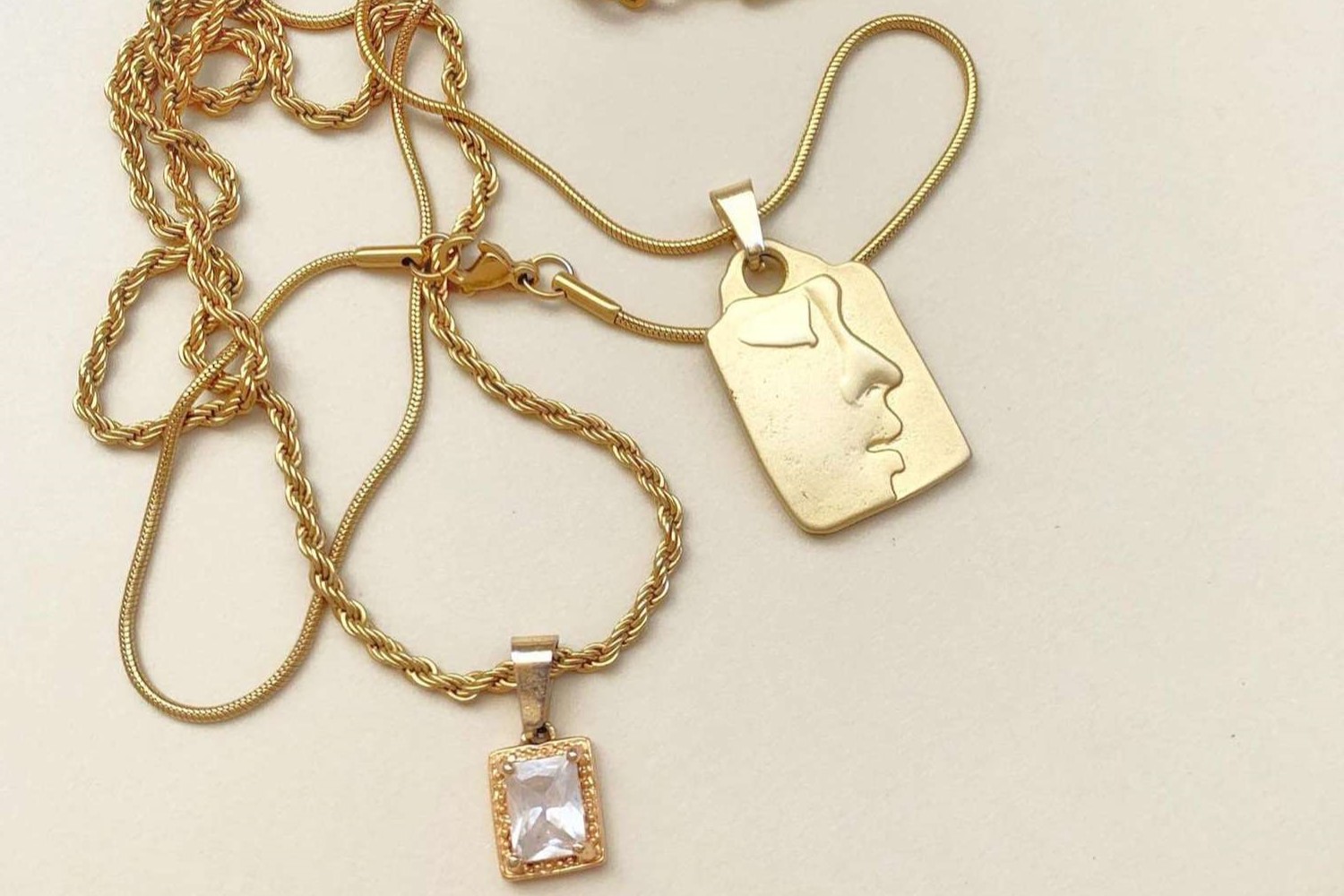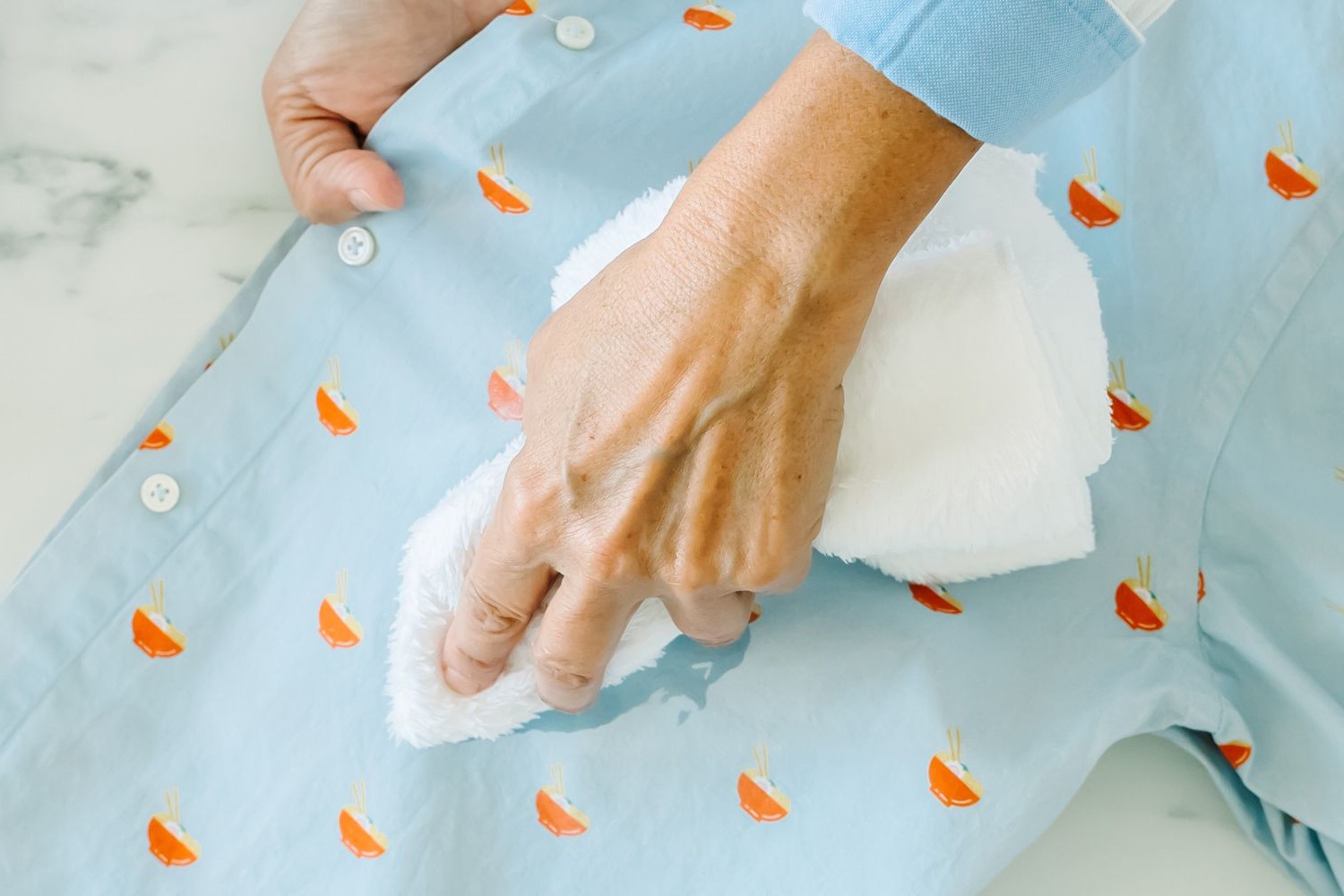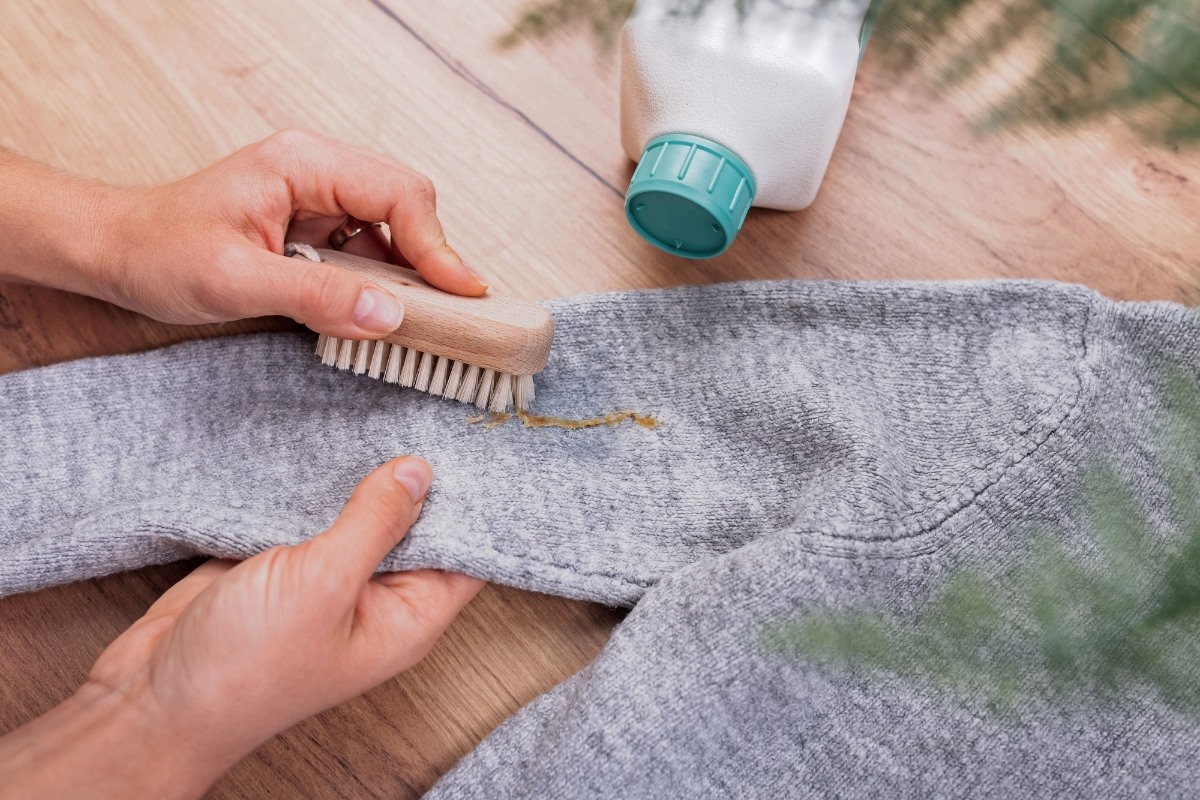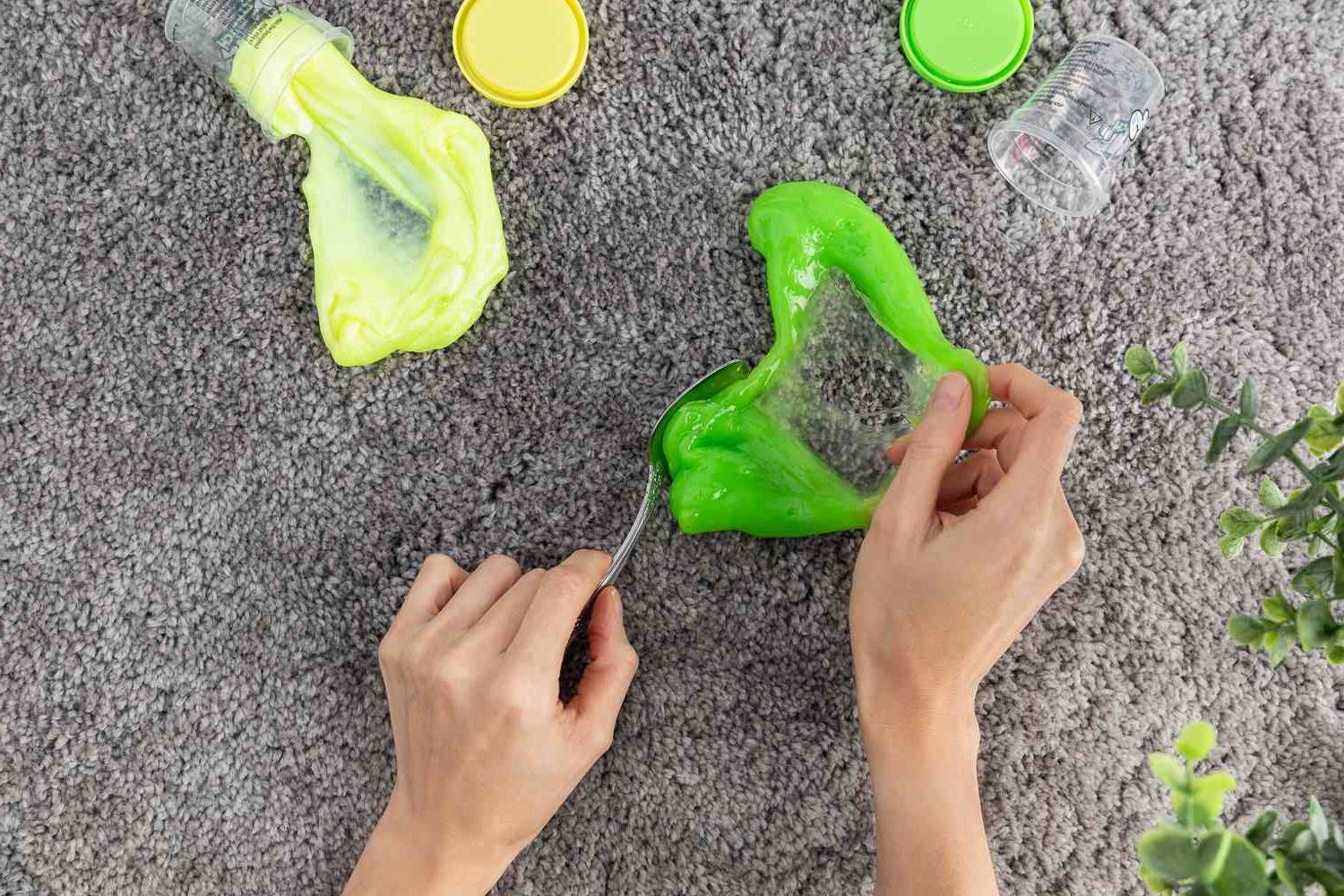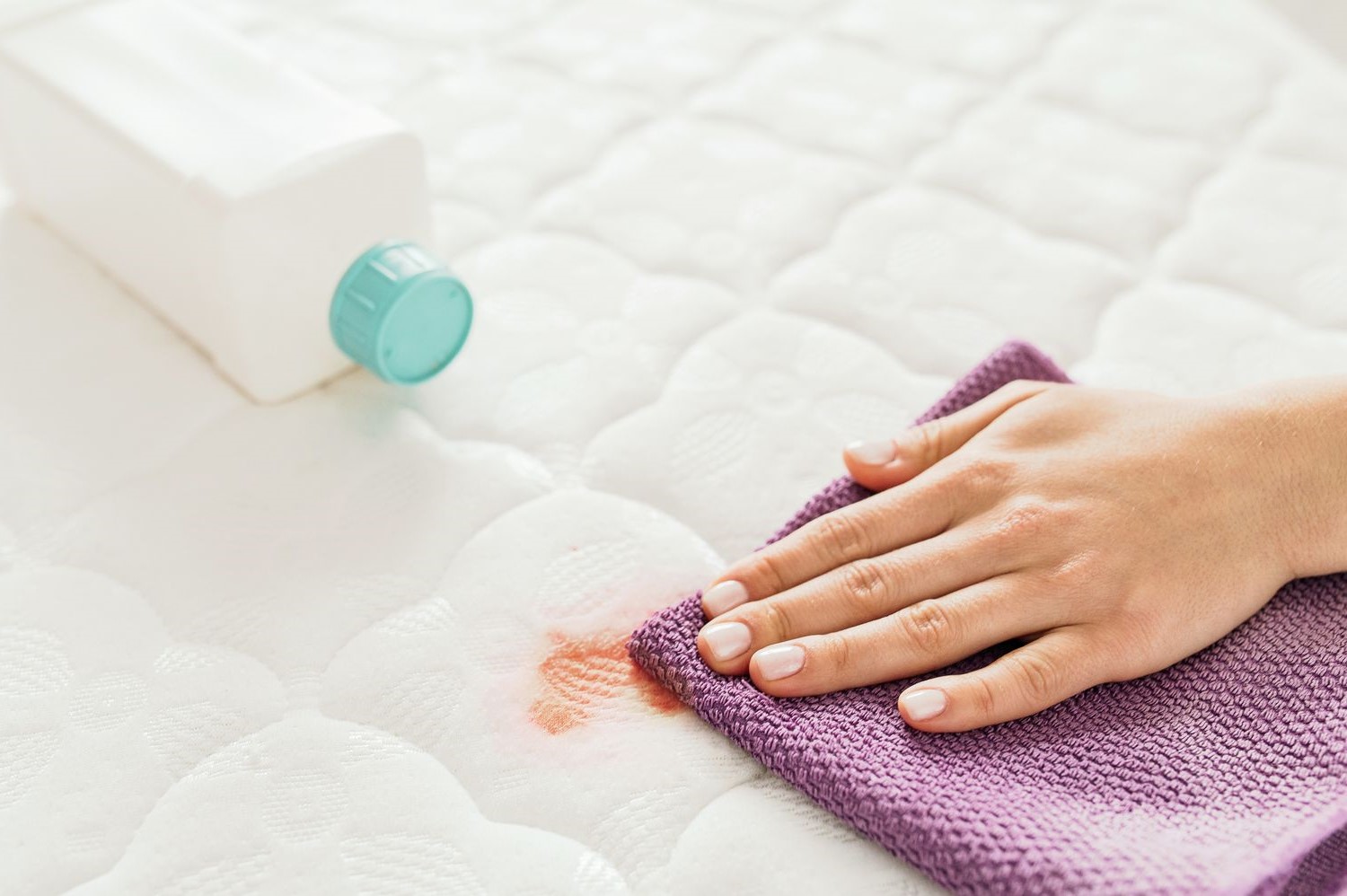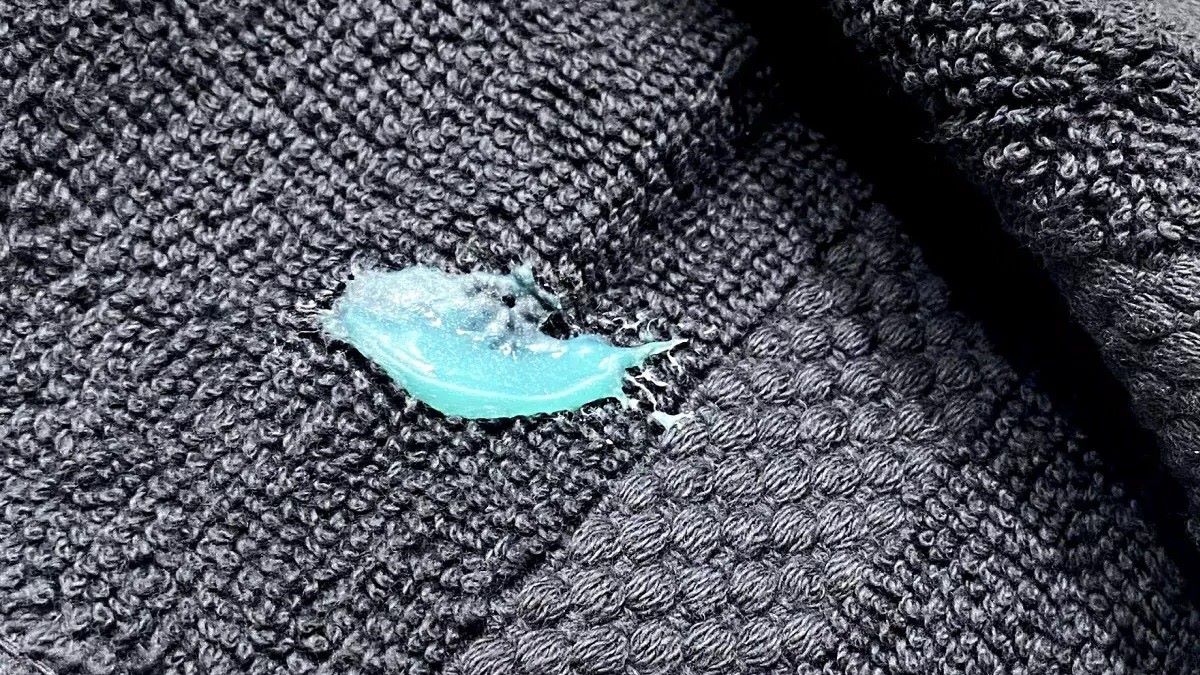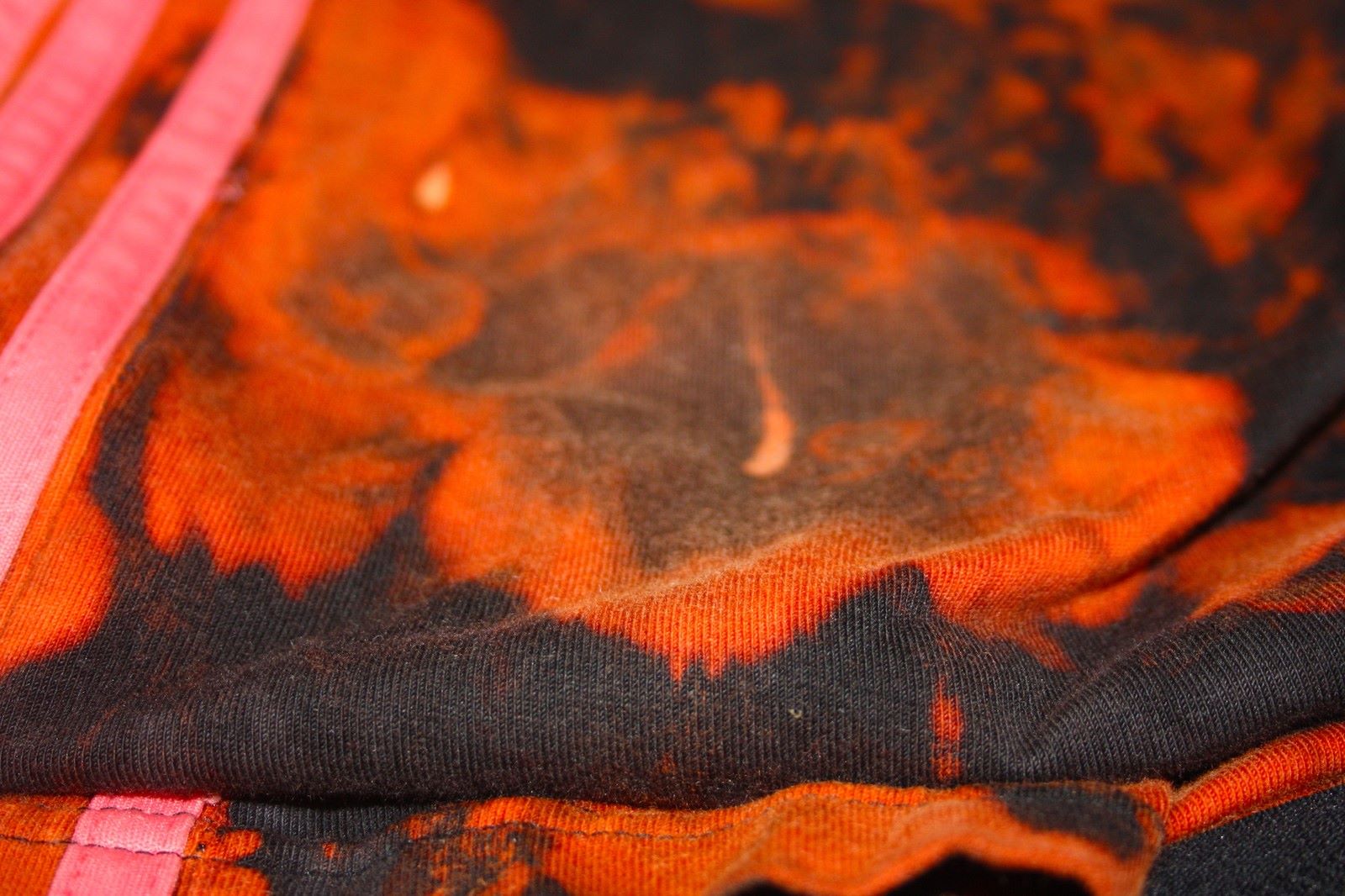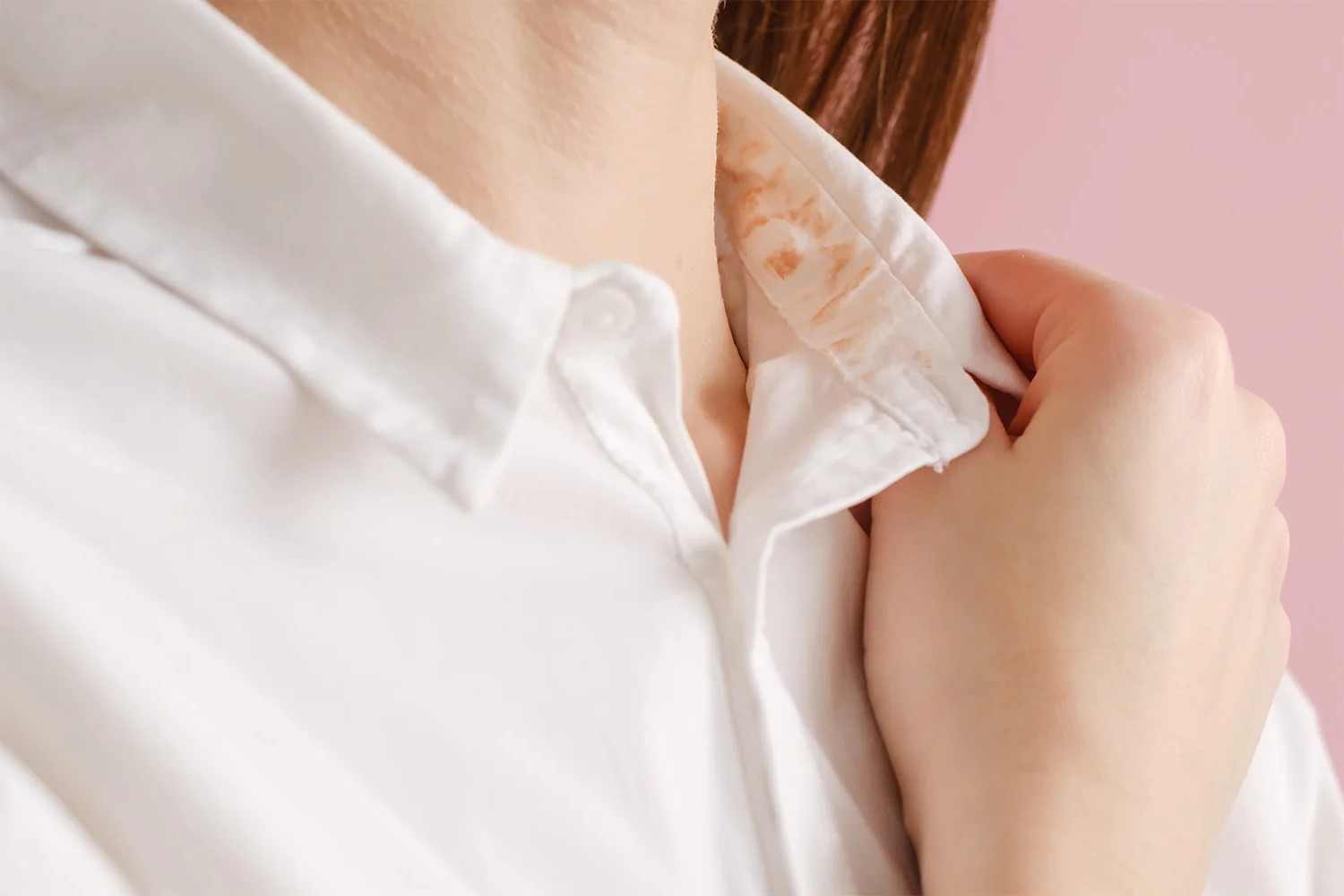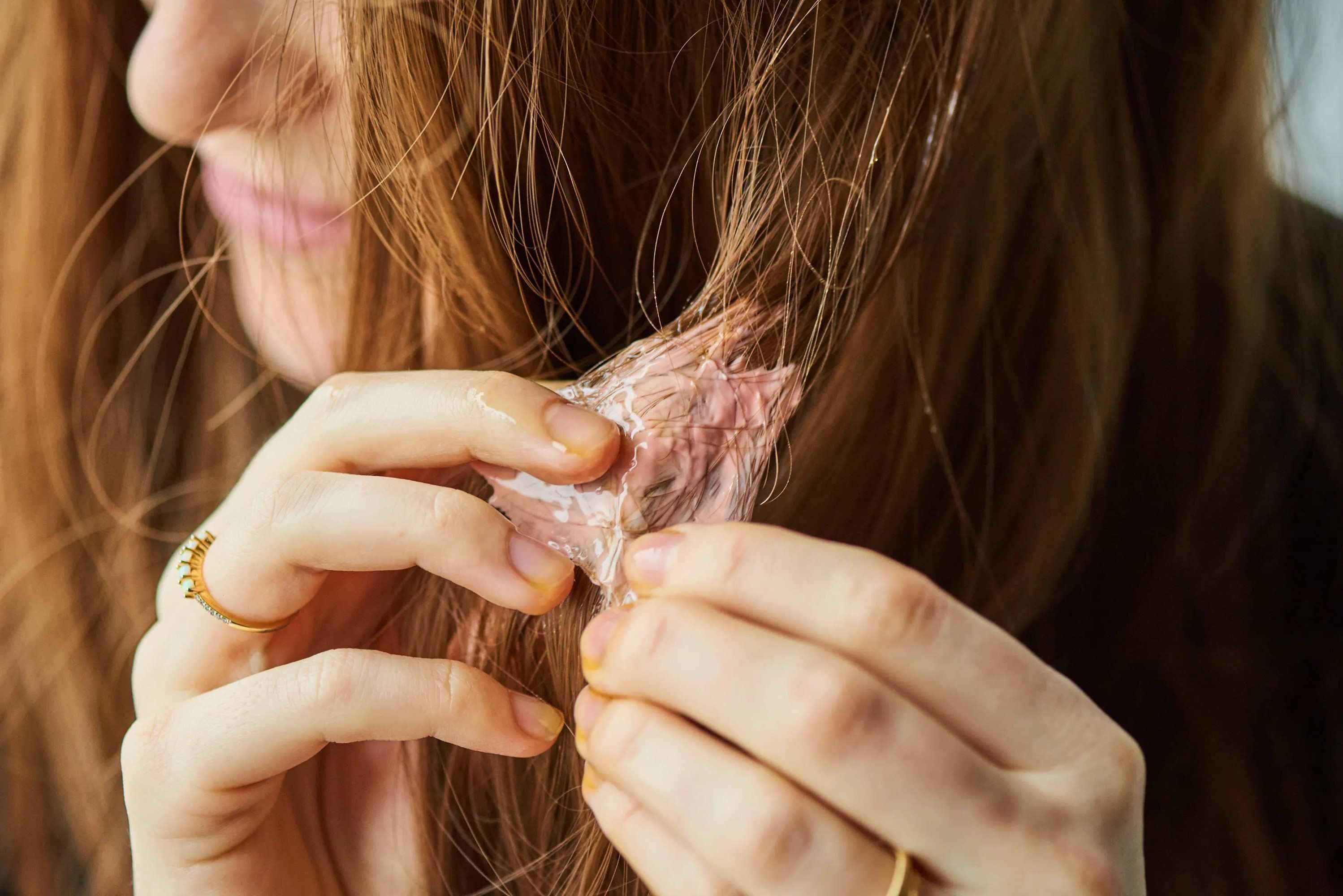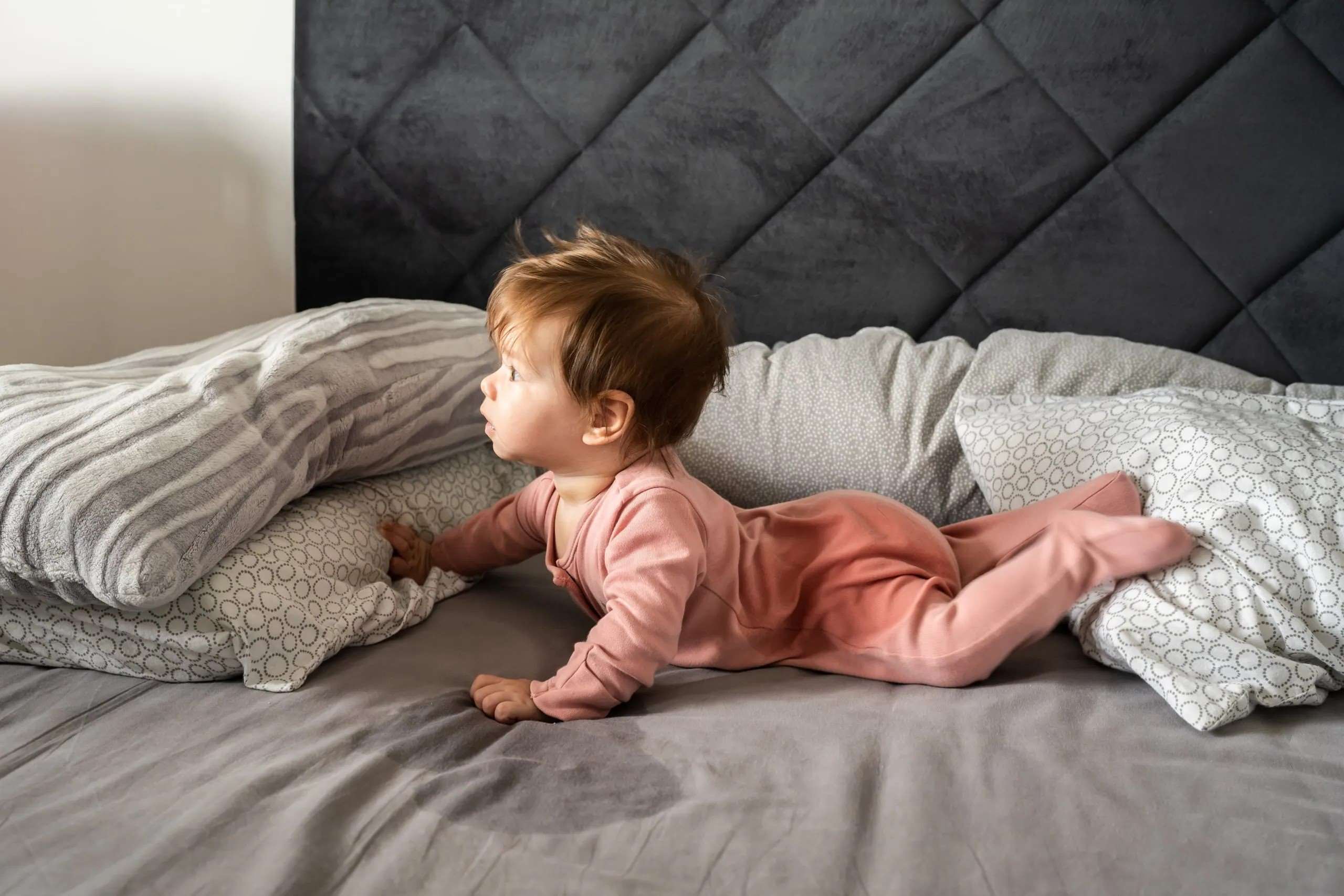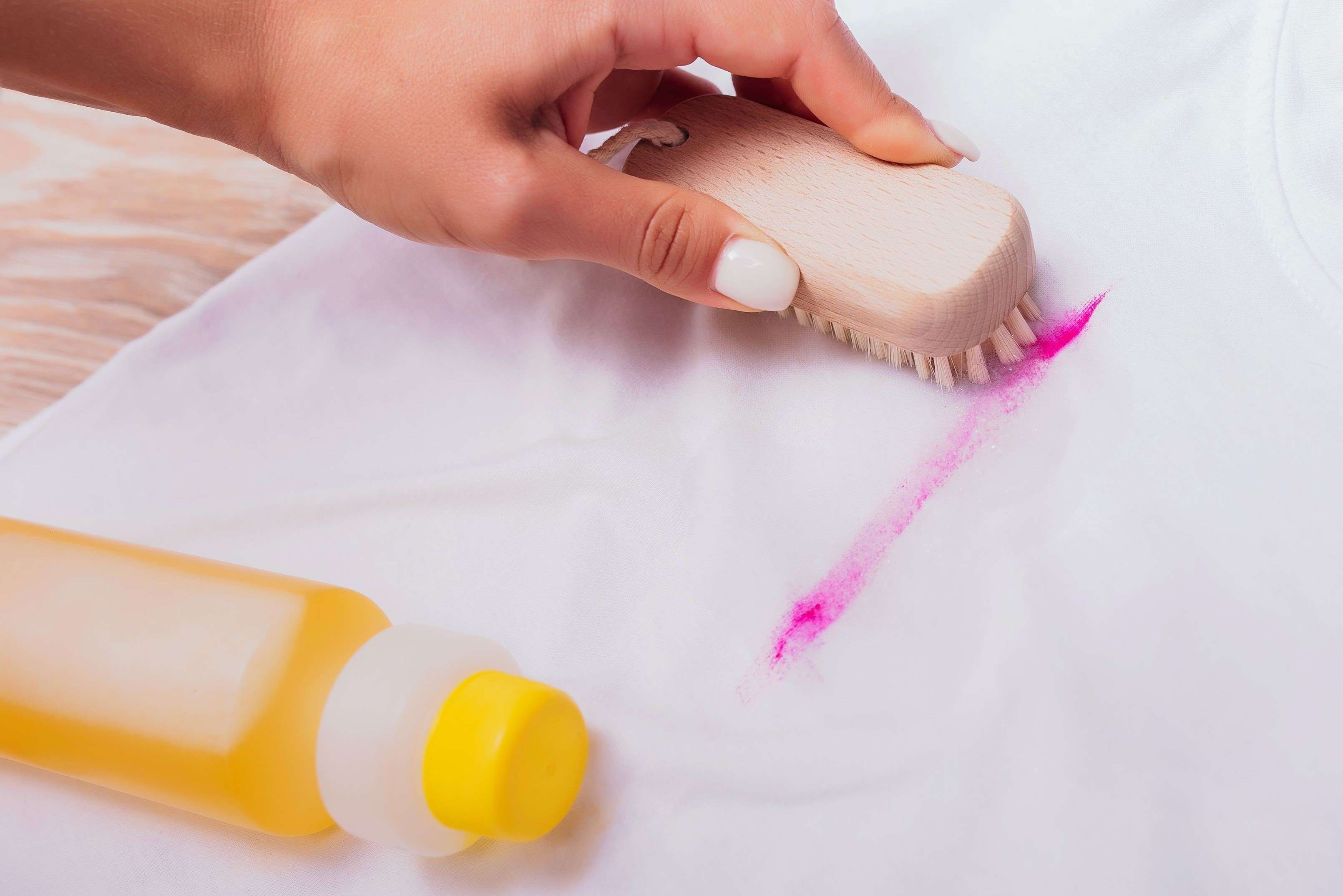Home>Home and Garden>How To Get Cat Pee Out Of Couch
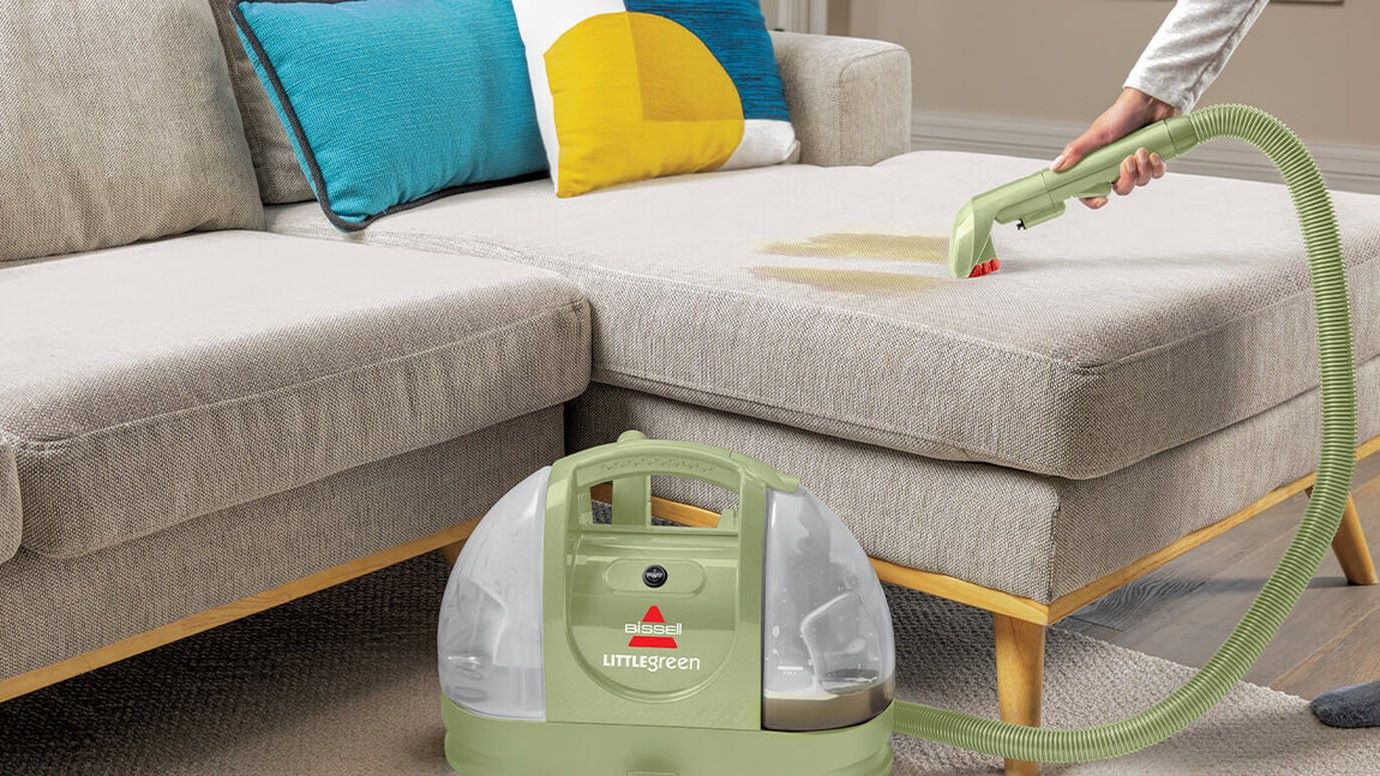

Home and Garden
How To Get Cat Pee Out Of Couch
Published: February 27, 2024
Learn effective home and garden solutions for removing cat pee from your couch. Discover simple tips and tricks to keep your furniture clean and odor-free.
(Many of the links in this article redirect to a specific reviewed product. Your purchase of these products through affiliate links helps to generate commission for Noodls.com, at no extra cost. Learn more)
Table of Contents
Introduction
Dealing with a cat urinating on the couch can be a frustrating and unpleasant experience for any pet owner. Whether it's due to a behavioral issue, stress, or a medical problem, the lingering odor and stubborn stains can pose a significant challenge. However, with the right approach and products, it's possible to effectively eliminate the odor and restore your couch to its former glory.
In this comprehensive guide, we will explore the most effective methods for removing cat urine from your couch. From understanding the problem to implementing practical solutions, you'll gain valuable insights into tackling this common issue. Additionally, we'll provide preventative tips to help minimize the likelihood of a recurrence, ensuring a clean and fresh-smelling couch for the long term.
By following the step-by-step instructions and incorporating preventive measures, you can successfully address the issue of cat urine on your couch, creating a more hygienic and pleasant living environment for both you and your feline companion. Let's delve into the strategies and techniques that will enable you to effectively eliminate cat urine from your couch and prevent future incidents.
Read more: How To Get Pee Smell Out Of Couch
Understanding the Problem
When a cat urinates on the couch, it's essential to understand the underlying reasons behind this behavior. Cats may exhibit inappropriate urination due to various factors, including medical issues, territorial marking, stress, or behavioral problems. Identifying the root cause is crucial in addressing the issue effectively.
Medical concerns such as urinary tract infections, kidney disease, or diabetes can lead to increased urination or accidents outside the litter box. If your cat's urination patterns have changed suddenly, it's advisable to consult a veterinarian to rule out any potential health issues.
Territorial marking is another common reason for cats to urinate on furniture. Unneutered male cats are more likely to engage in this behavior, as they use urine to establish their territory. Additionally, changes in the household, such as the introduction of a new pet or a move to a new home, can trigger stress-induced urination.
Understanding the emotional and environmental triggers that may be causing your cat's inappropriate urination is crucial for implementing effective solutions. By addressing the underlying issues, you can create a more conducive and stress-free environment for your feline companion, ultimately reducing the likelihood of future incidents.
In the next sections, we will explore practical steps to remove cat urine from the couch, but it's important to keep in mind that addressing the root cause of the behavior is equally important. By combining effective cleaning techniques with a holistic approach to your cat's well-being, you can achieve a harmonious living space for both you and your pet.
Step 1: Blot the Area
The first step in addressing cat urine on your couch is to promptly blot the affected area. As soon as you discover the urine, it's crucial to act swiftly to prevent it from seeping deeper into the upholstery. The longer the urine remains on the fabric, the more challenging it becomes to remove both the odor and the stain.
To begin, use paper towels or clean, absorbent cloths to gently blot the urine. Avoid rubbing the area, as this can spread the urine and push it further into the fabric. Instead, apply firm but gentle pressure to absorb as much liquid as possible. Continue blotting until you've removed as much moisture as you can.
For more deeply embedded or dried urine stains, consider using a wet vacuum to extract the liquid from the upholstery. This can be particularly effective in cases where the urine has had time to set into the fabric.
It's important to address the issue as soon as possible to prevent the urine from permeating the couch's padding, which can exacerbate the odor and make it more challenging to eliminate. By promptly blotting the area, you can mitigate the extent of the damage and prepare the upholstery for subsequent cleaning steps.
By diligently following this initial step, you can effectively minimize the impact of the cat urine on your couch, setting the stage for the subsequent cleaning and odor-elimination processes. Remember, swift action is key to preventing the urine from causing lasting damage to your couch and ensuring a successful restoration process.
Step 2: Apply an Enzymatic Cleaner
Once you have thoroughly blotted the affected area, the next crucial step in eliminating cat urine from your couch is to apply an enzymatic cleaner. Enzymatic cleaners are specifically formulated to break down the uric acid in cat urine, effectively neutralizing both the odor and the stain. Unlike traditional cleaners, enzymatic solutions target the source of the odor at a molecular level, ensuring a more thorough and long-lasting removal process.
When selecting an enzymatic cleaner, opt for a product specifically designed for pet urine removal. These cleaners are formulated to address the unique composition of cat urine, including the potent uric acid that contributes to the persistent odor. Additionally, ensure that the cleaner is safe for use on your couch's upholstery fabric by checking the manufacturer's recommendations or testing it on a small, inconspicuous area first.
To apply the enzymatic cleaner, carefully follow the instructions provided by the manufacturer. Begin by saturating the affected area with the cleaner, ensuring that it penetrates the upholstery to reach the source of the urine. Enzymatic cleaners work best when they come into direct contact with the affected material, allowing the active enzymes to break down the uric acid and eliminate the odor.
After applying the cleaner, allow it to sit for the recommended duration, typically ranging from 10 to 15 minutes. This dwell time is essential for the enzymes to effectively target and neutralize the uric acid. During this period, it's important to prevent anyone, including pets, from coming into contact with the treated area to allow the cleaner to work undisturbed.
Following the dwell time, use clean, absorbent cloths to blot the area once again, this time to remove the enzymatic cleaner along with the broken-down uric acid. Repeat this process as necessary to ensure thorough removal of the cleaner and any remaining traces of urine. Once the area is dry, assess the odor and the stain to determine if additional treatment is required.
By applying an enzymatic cleaner to the affected area, you can effectively target the uric acid in the cat urine, neutralizing the odor and minimizing the likelihood of a recurrence. This proactive approach ensures a more comprehensive and long-term solution to the issue of cat urine on your couch, setting the stage for the subsequent cleaning and deodorizing steps.
Step 3: Use Baking Soda and Vinegar
After treating the affected area with an enzymatic cleaner, the next step in effectively removing cat urine from your couch involves the use of baking soda and vinegar. This natural and powerful combination serves as an excellent odor-neutralizing and stain-removing solution, further enhancing the restoration process.
To begin, generously sprinkle baking soda over the treated area, ensuring that it covers the entire affected section of the upholstery. Baking soda, also known as sodium bicarbonate, is renowned for its odor-absorbing properties, making it an ideal component in combating the persistent smell of cat urine. As it interacts with the affected area, the baking soda works to absorb and neutralize any remaining odors, further enhancing the deodorizing process.
Next, prepare a solution of white vinegar and water in a 1:1 ratio. White vinegar is a versatile and natural cleaning agent that effectively eliminates odors and helps break down stains. Carefully apply the vinegar solution to the baking soda-covered area, allowing the two substances to interact. As the vinegar comes into contact with the baking soda, a gentle foaming reaction may occur, signifying the chemical interaction between the two components.
Allow the baking soda and vinegar solution to sit on the affected area for approximately 15 to 20 minutes. This dwell time is essential for the combined action of the baking soda and vinegar to effectively neutralize any remaining odors and further break down the components of the cat urine. During this period, the solution works to lift and remove the residual odor, leaving the upholstery refreshed and free from the lingering scent of cat urine.
Following the dwell time, use a clean, damp cloth to carefully blot the area, removing the baking soda and vinegar solution. Ensure that the upholstery is thoroughly rinsed and free from any residue. Once the area is dry, assess the odor and the stain to determine the effectiveness of the baking soda and vinegar treatment. If necessary, repeat the process to achieve the desired results.
By incorporating the powerful combination of baking soda and vinegar, you can effectively enhance the deodorizing and stain-removing process, further restoring your couch to its original condition. This natural and cost-effective approach offers a sustainable solution to the issue of cat urine on your couch, ensuring a clean, fresh-smelling, and inviting living space for you and your feline companion.
Read more: How To Get Blood Out Of Couch
Step 4: Rinse and Dry the Area
After implementing the previous cleaning and deodorizing steps, it is essential to thoroughly rinse and dry the treated area to complete the restoration process. Rinsing the upholstery helps to remove any residual cleaning solutions, while proper drying is crucial to prevent the growth of mold or mildew and ensure that the couch is ready for use.
To begin the rinsing process, use a clean, damp cloth to gently wipe the treated area, ensuring that any remaining cleaning solutions, such as enzymatic cleaner, baking soda, and vinegar, are thoroughly removed. It's important to be thorough in this step to prevent any potential residue from affecting the fabric or leaving a sticky sensation on the upholstery.
Once the area has been effectively rinsed, use a separate dry cloth to gently blot the upholstery, absorbing any excess moisture. Avoid applying excessive pressure during this step, as it can potentially push moisture deeper into the fabric. Instead, use a gentle blotting motion to gradually remove the moisture from the treated area.
Following the rinsing process, it's crucial to facilitate thorough drying of the upholstery. To expedite the drying process, consider using a fan or opening windows to promote air circulation in the room. Additionally, you can use a clean, dry towel to gently press against the treated area, further aiding in the absorption of moisture.
If possible, direct airflow toward the couch using a fan or dehumidifier to accelerate the drying process. It's important to ensure that the upholstery is completely dry before returning any cushions or using the couch to prevent the development of mold or mildew, which can result from lingering moisture.
By diligently following the rinsing and drying steps, you can effectively complete the restoration process, ensuring that the treated area is free from residual cleaning solutions and thoroughly dried. This final stage is crucial in achieving a successful outcome, leaving your couch clean, refreshed, and ready for use.
Incorporating these comprehensive cleaning and restoration techniques equips you with the knowledge and practical steps to effectively address the issue of cat urine on your couch, restoring it to its former condition and creating a more hygienic and inviting living space for you and your feline companion.
Prevention Tips
Preventing future incidents of cat urine on your couch involves proactive measures aimed at addressing potential triggers and creating an environment conducive to your feline companion's well-being. By implementing the following prevention tips, you can significantly reduce the likelihood of a recurrence, maintaining a clean and odor-free living space.
-
Provide Sufficient Litter Boxes: Ensure that you have an adequate number of litter boxes in your home, especially in multi-cat households. The general rule is to have one litter box per cat, plus an additional box. Place the litter boxes in quiet, accessible locations to encourage regular use by your cats.
-
Maintain Cleanliness: Regularly scoop and clean the litter boxes to provide a hygienic and inviting space for your cats. Proper litter box maintenance can help prevent stress-induced urination and encourage appropriate elimination behaviors.
-
Address Stress and Anxiety: Create a calm and enriching environment for your cats by providing hiding spots, vertical spaces, and interactive toys. Minimize sudden changes in the household, such as rearranging furniture or introducing new pets, to reduce stress and anxiety in your feline companions.
-
Consult a Veterinarian: If you notice changes in your cat's urination patterns or behavior, seek guidance from a veterinarian to rule out any potential medical issues. Addressing underlying health concerns can prevent inappropriate urination and promote your cat's overall well-being.
-
Use Pheromone Products: Consider using pheromone diffusers or sprays designed to reduce stress and anxiety in cats. These products can create a calming atmosphere, particularly during challenging periods such as moving to a new home or introducing a new pet.
-
Upholstery Protection: Utilize furniture covers or throws to protect your couch from potential accidents. Washable and waterproof covers can serve as a barrier against urine and make cleaning up easier in the event of an incident.
-
Regular Veterinary Check-ups: Schedule routine veterinary visits to monitor your cat's health and address any potential issues promptly. Proactive healthcare can contribute to your cat's overall well-being and reduce the likelihood of stress-induced urination.
By incorporating these prevention tips into your routine, you can create a harmonious and stress-free environment for your cats while minimizing the risk of future incidents of cat urine on your couch. These proactive measures not only contribute to a cleaner and more hygienic living space but also promote the well-being and happiness of your feline companions.
Conclusion
Successfully addressing the issue of cat urine on your couch requires a multifaceted approach that encompasses understanding the problem, implementing effective cleaning techniques, and incorporating preventive measures. By following the comprehensive steps outlined in this guide, you have gained valuable insights into the process of removing cat urine from your couch and preventing future incidents.
From promptly blotting the affected area to applying enzymatic cleaners and utilizing natural deodorizing solutions such as baking soda and vinegar, you have equipped yourself with practical strategies to combat the persistent odor and stains associated with cat urine. Additionally, the emphasis on thorough rinsing and drying ensures a complete restoration process, leaving your couch clean, refreshed, and ready for use.
Furthermore, the inclusion of prevention tips underscores the importance of creating a conducive environment for your feline companions, addressing potential triggers, and promoting their overall well-being. By providing sufficient litter boxes, maintaining cleanliness, and addressing stress and anxiety, you can significantly reduce the likelihood of future incidents, fostering a harmonious living space for both you and your cats.
It's important to recognize that while effective cleaning and preventive measures are essential, understanding the underlying reasons for your cat's inappropriate urination is equally crucial. By addressing potential medical issues, territorial marking, or stress-induced behaviors, you can create a supportive and stress-free environment for your feline companions, ultimately reducing the likelihood of future incidents.
In conclusion, by combining practical cleaning techniques with proactive preventive measures and a holistic approach to your cat's well-being, you can effectively eliminate cat urine from your couch and create a clean, hygienic, and inviting living space. Remember, patience and consistency are key as you navigate the process of addressing and preventing cat urine incidents, ultimately fostering a positive and enriching environment for both you and your beloved feline companions.

